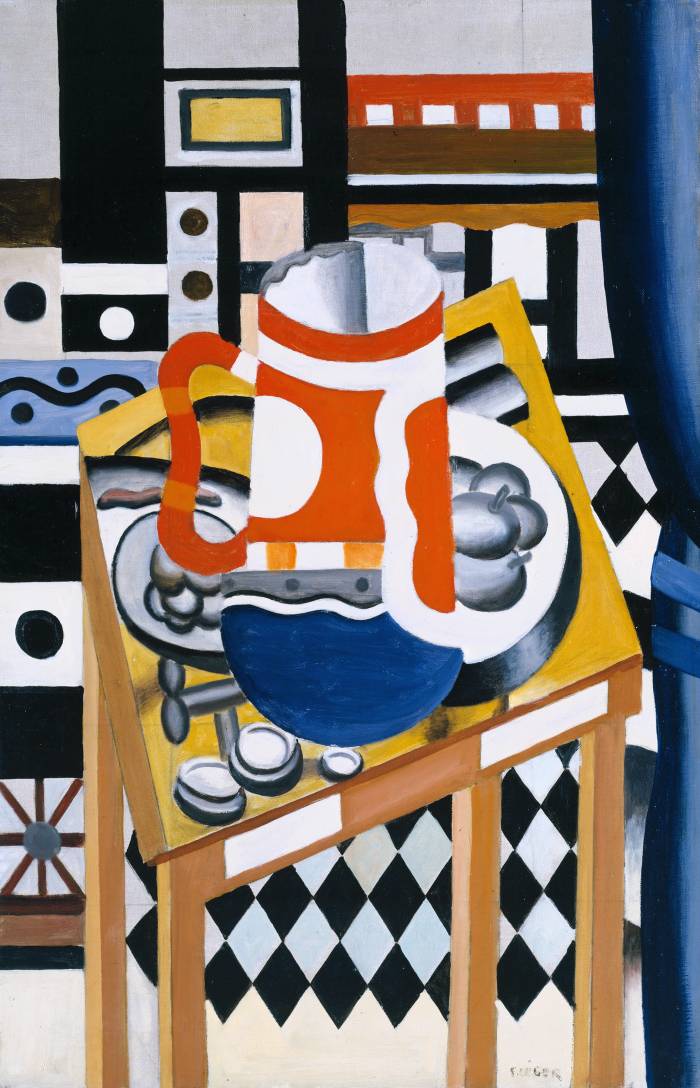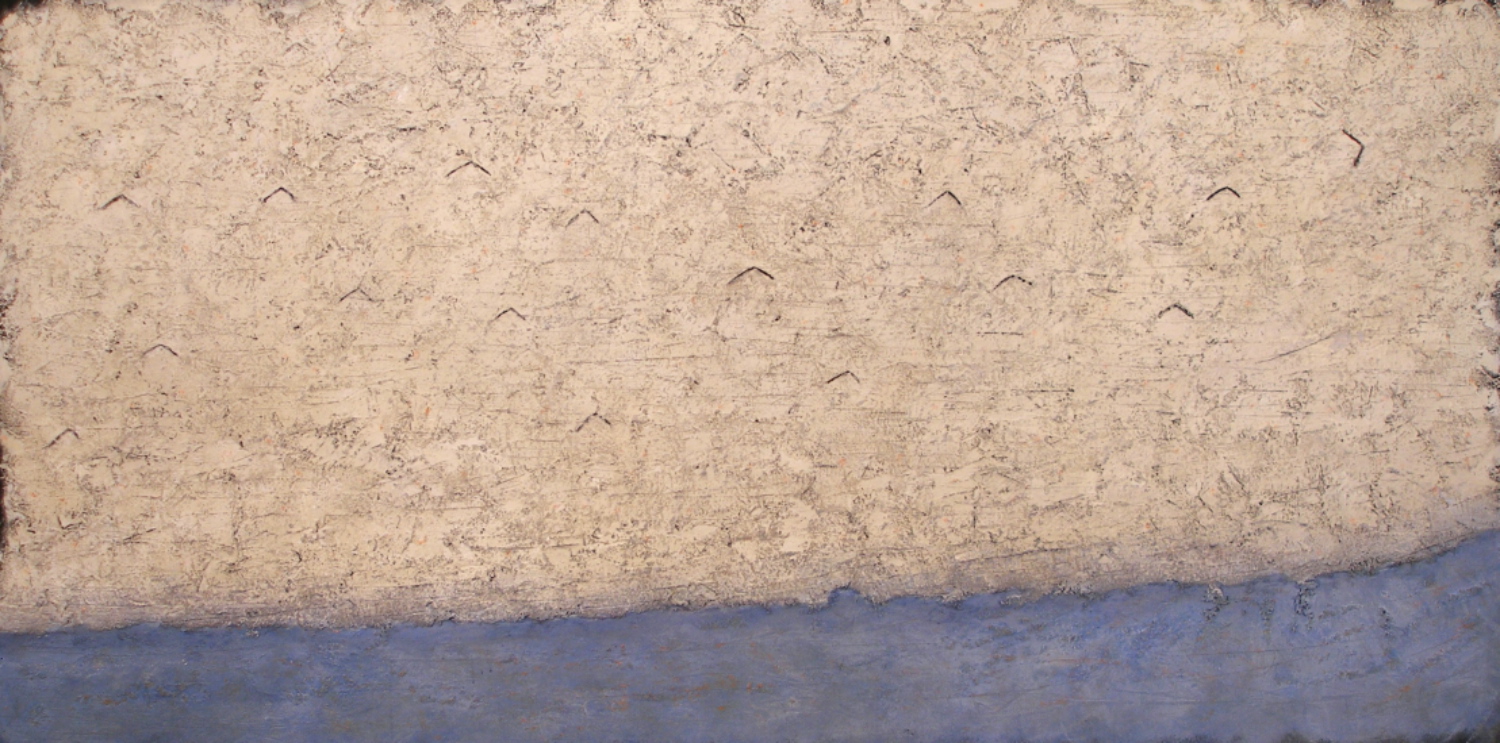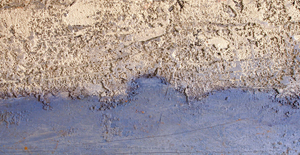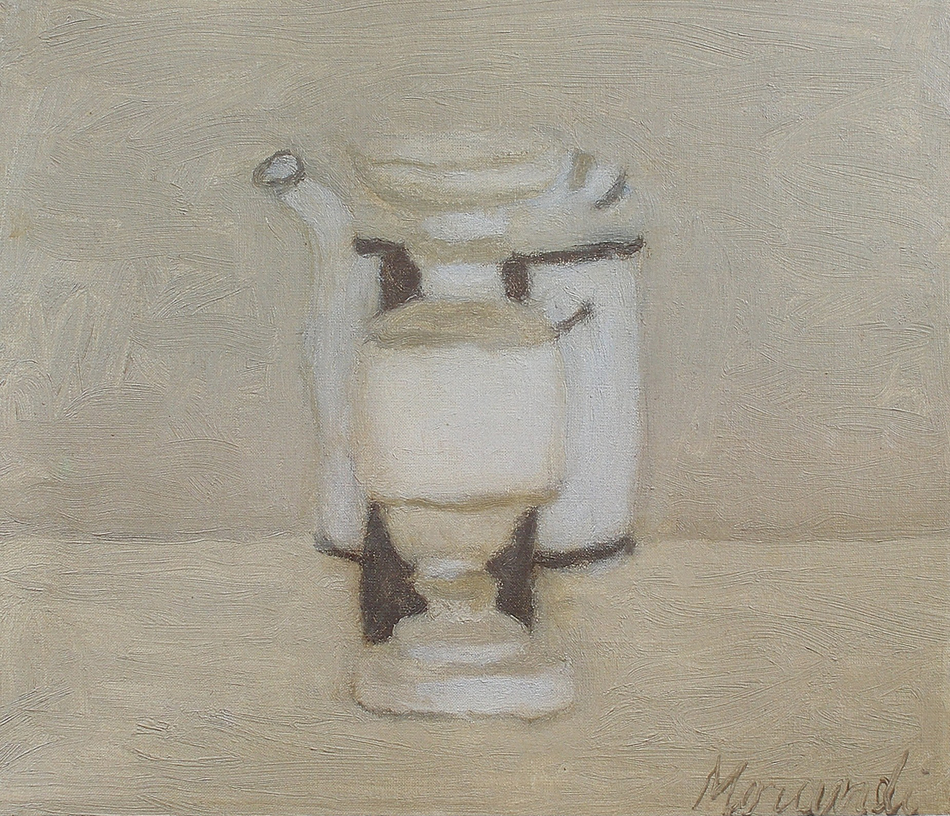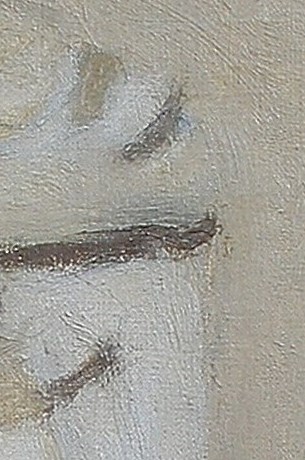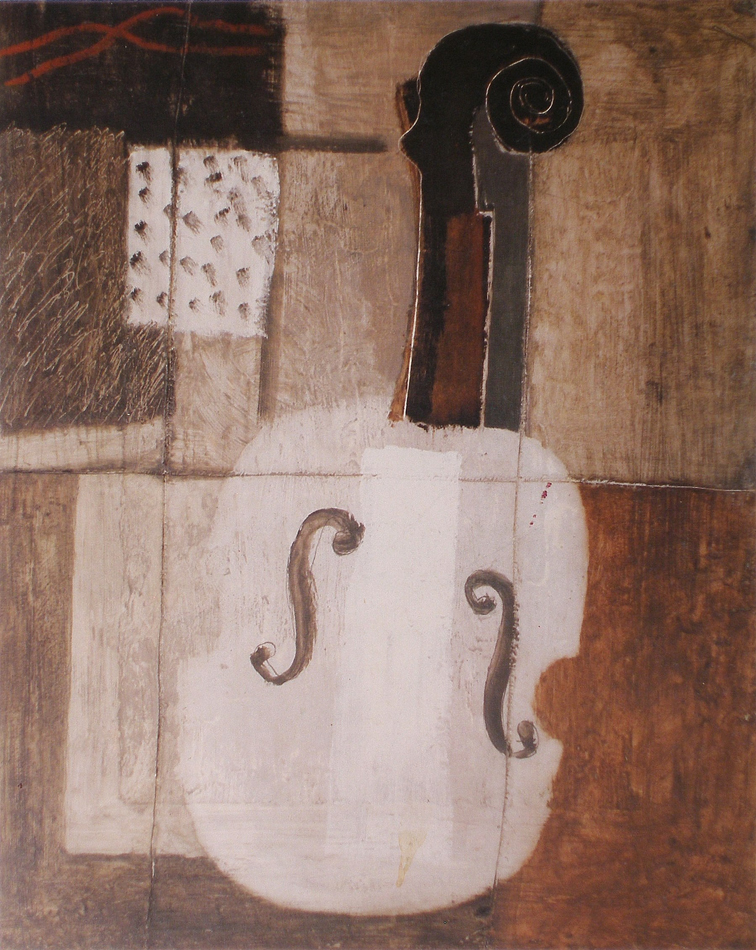Cubism has intrigued many artists and Léger is showing a refined approach to this great consideration. In this painting he uses cubist shifting, which is showing two or more views of an object simultaneously. We see this at the top edge of the table and at the top of the mug. Léger broadened the shifting consideration to include integrations, most notably the integration of the vertical in the mug’s opening with the vertical black line above, providing a key connection in the composition. He has also done this on the mug’s handle and with sensitive restraint where the white line joins the white of the bowl containing the fruit.
Léger’s traditional modelling of thecurtain and the items on the table is perfectly restrained and beautifully balanced with the flattening of the background and floor. I like how we feel the roundness of the mug even though the shapes on the front are flat. How he combined cubism with it’s sense of space with the raising of the background and mug to the picture plane is wonderful. Can you feel the yellow and red shapes trying to come forward to the level of the mug and table top?
I’ll finish with a wonderful example of integration. Run your eye up the table leg below the fruit bowl. Do you feel the sense of the leg on the table top? That is why he painted the two shadowy shapes.
Léger enhanced and refined two great movements in twentieth century painting.

